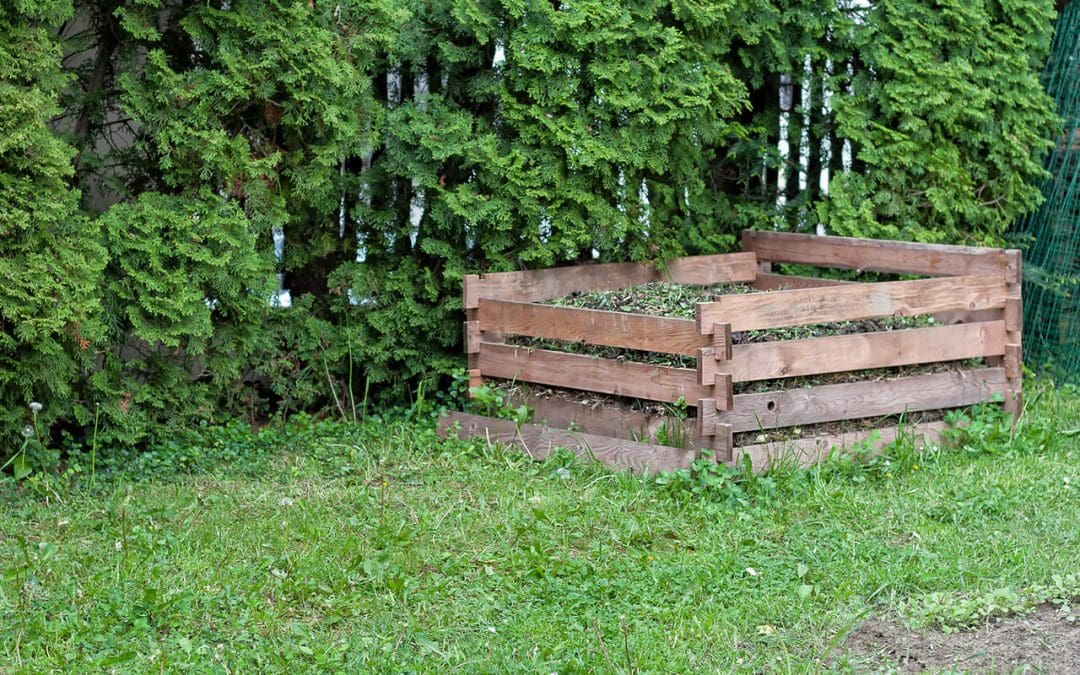When aiming for a more sustainable lifestyle, composting at home is a practical solution. Composting is the natural process of recycling organic matter, like food scraps and yard waste, into nutrient-rich soil conditioner. Not only does it reduce the burden on landfills, but it also enriches soil and reduces greenhouse gas emissions. With a little effort and understanding, anyone can learn the basics of composting at home, contributing to a healthier planet.
Understanding the Basics of Composting at Home
Composting is a simple yet remarkable process rooted in nature’s recycling system. It involves breaking down organic materials like fruit and vegetable scraps, coffee grounds, eggshells, yard trimmings, and even shredded paper into humus, a dark, crumbly substance rich in nutrients. Humus serves as a natural fertilizer, promoting plant growth and soil health.
The key to successful composting lies in achieving the right balance of ingredients and providing optimal conditions for decomposition. This balance includes a mix of “greens” (nitrogen-rich materials like kitchen scraps and grass clippings) and “browns” (carbon-rich materials like dried leaves, straw, and newspaper). Additionally, adequate moisture and aeration are crucial for microbial activity, which drives the composting process.
Getting Started with Home Composting
Starting a compost pile or bin at home is easier than you might think. Here’s a step-by-step guide to kickstart your composting project:
- Choose a Location: Select a suitable spot in your yard or balcony for your compost pile or bin. It should be well-drained and easily accessible.
- Select a Container: Decide whether you want an open pile or a contained bin. Containers help control pests and odors and maintain aesthetics, while open piles offer simplicity and ease of access.
- Layering: Begin by layering your compost materials. Alternate between greens and browns, ensuring a good mix of both. Aim for a ratio of roughly 1:1.
- Moisture and Aeration: Keep your compost moist but not waterlogged. Turn the pile regularly to aerate it and speed up decomposition. This can be done with a pitchfork or compost turner.
- Patience: Composting is a gradual process that can take several weeks to several months, depending on various factors such as temperature, moisture, and the size of your pile.
- Harvesting: Once your compost is dark, crumbly, and earthy-smelling, it’s ready to use. You can sift it to remove any large particles or simply incorporate it into your garden soil.
Benefits of Composting at Home
Home composting offers a multitude of benefits, both for individuals and the environment:
- Reduces Waste: By diverting organic materials from landfills, composting helps reduce greenhouse gas emissions and conserves valuable landfill space.
- Enriches Soil: Compost enriches soil with essential nutrients, improves soil structure, and enhances moisture retention, leading to healthier plants and increased yields.
- Saves Money: Composting eliminates the need for store-bought fertilizers and soil conditioners, saving you money in the long run.
- Promotes Sustainability: Embracing composting at home fosters a sense of environmental responsibility and promotes sustainable living practices.
Overcoming Common Challenges
While home composting is relatively straightforward, beginners may encounter some challenges along the way. These include odors, pests, and achieving the right balance of materials. However, with proper management and troubleshooting, these challenges can be easily overcome.
Composting at home is a rewarding and empowering endeavor to reduce waste, enrich soil, and foster sustainability. By embracing this simple yet impactful practice, we can all contribute to a greener, more resilient planet for generations to come. So, roll up your sleeves, grab a pitchfork, and join the composting revolution today.
Anchor Home Inspections provides inspection services to homebuyers and sellers in the Southwest Michigan area. Contact us to request an appointment.

